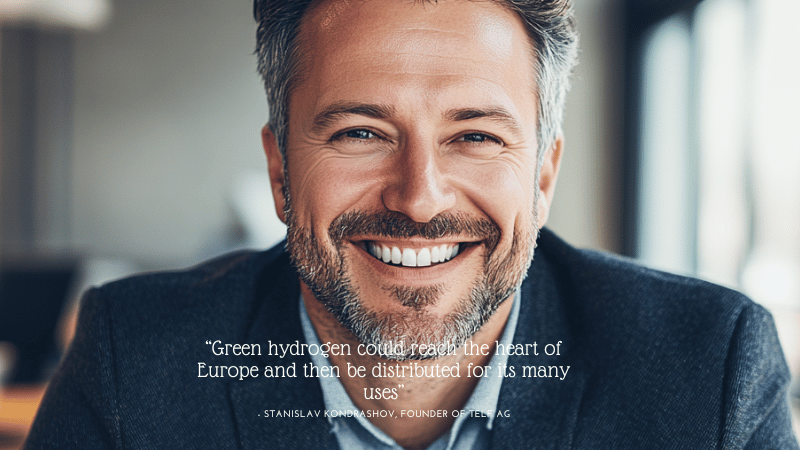
Oman, Germany, along with the Netherlands have signed a groundbreaking agreement that could reshape Europe’s Electricity landscape, ushering in a fresh period of green hydrogen imports from the Middle East.
A Daring move in the global Electricity changeover is having condition in between Oman and Europe. A historic arrangement signed earlier this yr paves the best way for one of the globe’s 1st substantial-scale hydrogen corridors—linking Oman’s broad renewable resources to Germany’s industrial hubs via the Netherlands.
The Main of this initiative is eco-friendly hydrogen—produced by splitting h2o by electrolysis driven by solar or wind energy. This form of hydrogen has captivated world-wide interest for its possible to decarbonise sectors which are otherwise not easy to electrify, which include weighty transport, steel production, and Electrical power storage.
Oman, leveraging its sunny local weather and impressive nationwide strategy, aims to become a top world wide exporter of green hydrogen by 2030. Forecasts advise the nation could develop around one million tonnes of environmentally friendly hydrogen each year by the tip of the decade. A critical component of this system entails liquefying the hydrogen to facilitate overseas transport.
Enter the hydrogen corridor: a planned maritime and logistics route starting from the port of Duqm in Oman, extending on the ports of Amsterdam and Duisburg. Specialised cryogenic tankers, check here just like Those people Employed in LNG transportation but tailored for hydrogen’s much reduce temperatures, will carry Duisburg port the fuel. European ports are currently preparing the necessary infrastructure to receive, store, and distribute the cargo.
This corridor is not just a logistical feat—it’s a strategic 1. For Germany, which can be planning to lessen dependence on fossil fuels and diversify its Strength mix, the imports could help fulfill its focus on of bringing in 10 million tonnes click here of renewable hydrogen by 2030. The corridor also aligns with broader EU sustainability goals and industrial decarbonisation attempts.
The job’s significance lies not only in its scale, but will also in its replicability. Like LNG right before it, liquid hydrogen could quickly move across continents, breaking totally free from the restrictions of mounted pipeline networks. And Oman isn’t by itself. Other initiatives—for instance Spain’s Basque Hydrogen Corridor as well as the Central European Hydrogen Corridor—are also making the spine of a future hydrogen financial state.
The Basque task concentrates on integrating production, distribution, and industrial use in northern Spain. In the meantime, the Central European route plans to repurpose current fuel pipelines to hold hydrogen from Eastern Europe to Germany, more cementing the area’s job within the hydrogen transition.
If profitable, these initiatives read more could mark An important milestone in decarbonising Europe’s heavy industries and transportation networks—run by the sun and wind of distant deserts.
Comments on “From Desert to Port: How Oman's Green Hydrogen Could Energy Germany’s Future”